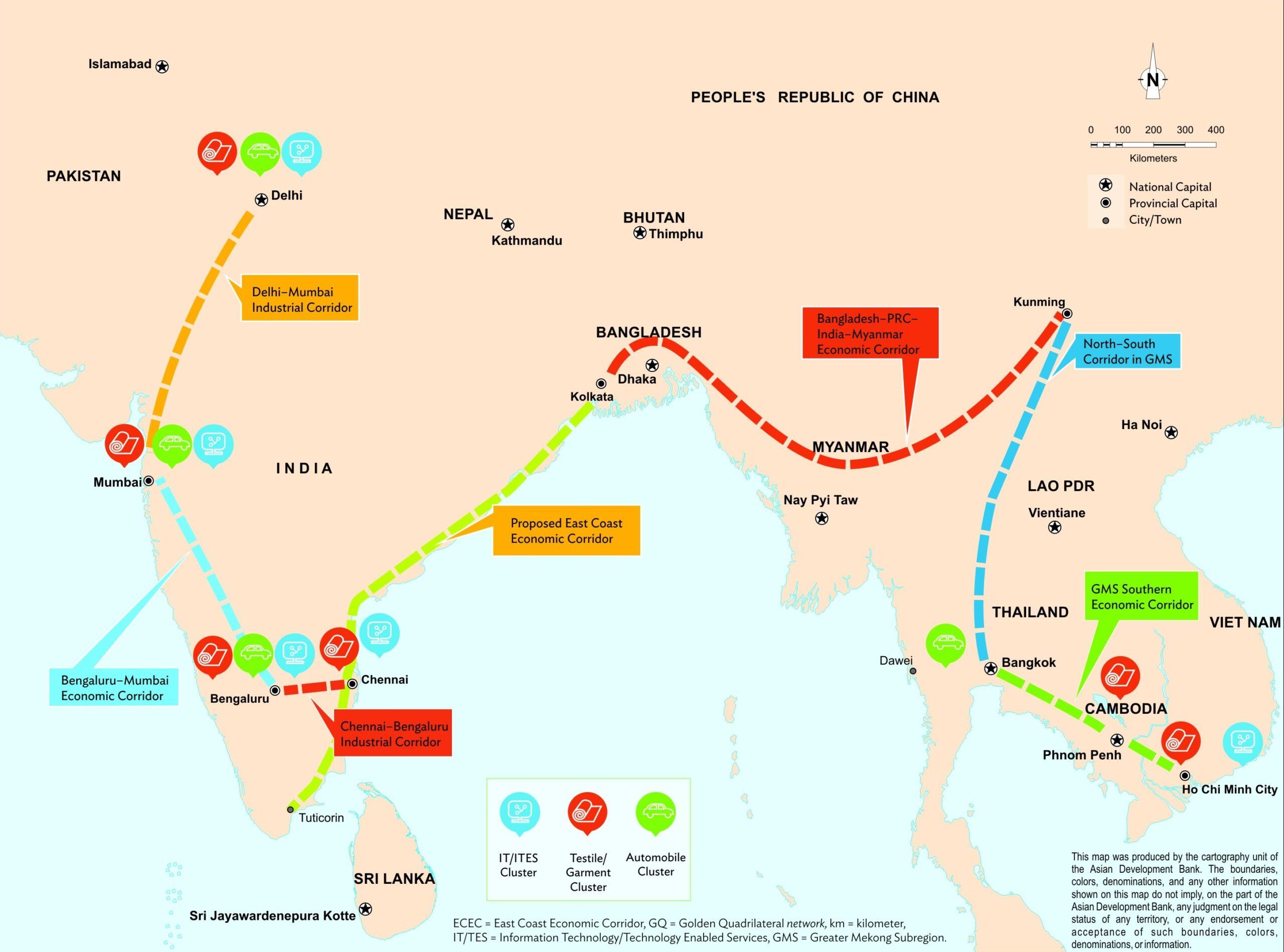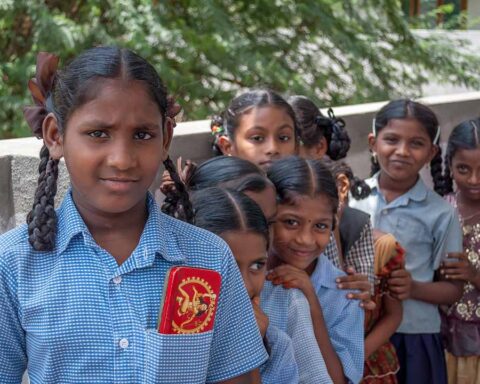Garment exports constitute more than four-fifths of Bangladesh’s total export of trade and services. Eighty-five percent of garments find markets in Europe and the United States, under the system of preferential trading for least developed countries. Together, exports to the European Union, UK and US add up to as much as $37 billion. In comparison, Bangladesh’s garment exports to its next-door neighbour, India, is barely $1 billion. And this has been achieved in just the past couple of years. In 2020 India’s garment import from Bangladesh was just about a fifth of this.
It is just one example of the low levels of regional economic cooperation in the South Asian region, home to some of the poorest people in the world. According to a 2021 World Bank report, regional trade can boost India’s national income by as much as 7.6% and that of Bangladesh by over 16%, bringing all-round prosperity to a fifth of humanity. The benefits of regional cooperation had occurred to South Asian countries nearly half a century ago, leading them to create the South Asian Association for Regional Cooperation (SAARC) in 1985. SAARC had been inspired by the success of other regional economic groupings like the European Community, now expanded into the European Union, and the Association of Southeast Asian Nations (ASEAN).
The collapse of the Soviet Union in 1991 spurred SAARC to activity and a free trade area was created in 1993. Despite a number of multilateral agreements since, the idea of economic cooperation among South Asian nations has languished, marred by mutual suspicion and in some cases hostility. High tariffs, trade barriers and inefficient border procedures discourage intra-regional trading among South Asia’s eight nations. It is faster and cheaper for an Indian firm to trade with faraway countries like Brazil and Germany than with Bangladesh.


























